The thought of painting a space with every shade of you can be exhilarating. Sitting with the reality of that thought, however, can quickly become exhausting. Between picking a color palette, finding furniture, picking wall art, and creating a cohesive and inviting space, you may soon find yourself wanting to run and hide in that outdated bed of yours.
Prelude to the New You
The first step in designing any space is to identify the style you want to follow. Many of the interior design types overlap, so don’t be intimidated by the variety of options. Ultimately what most people want when they enter their home is a feeling of safety, warmth, and security. Achieving that depends on the person, so pick the design style that speaks to you.
Mid-Century Modern
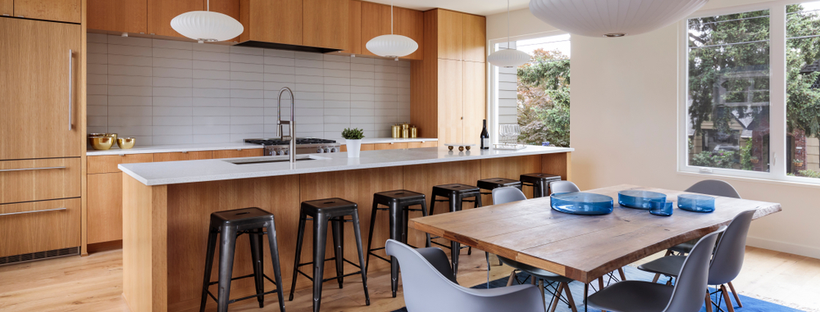
Originating from the Bauhaus movement in Germany during the 1920s, then made popular in the west during the 1950s and 1960s, mid-century modern incorporates the “post-war” culture of mass production by using furniture and decor created from man-made materials. A mid-century home will have plastic chairs and plywood tables and use basic shapes and soft curves in its design.
This style also does not shy away from bold colors and patterns. Integrate geometric prints in various decor pieces such as pillows, throws, wall art, or – if you’re feeling an extra hint of inspiration – wallpaper. Utilize bright statement colors like purple, orange, red, or teal to emulate the youthful and retro feel of the mid-century era. Use a lot of natural light to emphasize the colors but still keep the space clean and minimal.
Scandinavian
This type of interior design is a close cousin to mid-century because this style also emphasizes clean lines and modern shapes. Where it differs, however, is in its color palette.
Scandinavian style incorporates light wood floors and pale and neutral earth tones to maximize the natural light in the space. Using colors like cream, white, and taupe allows the light to bounce off these surfaces, thus creating the illusion of a brighter and larger area.
Because of the cold weather of its nordic origins, a staple in Scandinavian design is incorporating “outdoor” elements indoors to bring life and warmth to the room. This method includes using natural materials like wool, rattan, cotton, and linen and adding indoor plants to harmonize with the nature outside.
Bohemian
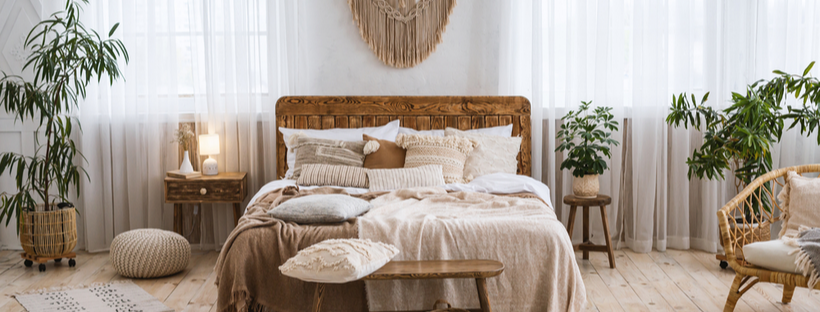
From the other side of the spectrum, this style is for the nomadic and eclectic rule-breakers. Boho favors rich jewel tones like ruby, emerald, and gold and lots of patterns and textures. Experiment with southwestern, tribal, and Moroccan prints, and layer these patterns together with throws, pillows, and rugs. This design thrives in excess, but you still want to keep the area cohesive by following a color palette and using repeated textures, or it can easily stray into a cluttered mess.
This style embodies a wanderlust quality of life by incorporating pieces that look like they’ve traveled far and wide to fit naturally into one, singular space. Utilizing a gallery wall is a great way to display these items.
Feel free to play around with frames and materials as well. If you don’t travel much, but love the boho look, visit some local thrift stores or flea markets for intricate pieces with a story behind them.
Japandi
Also known as “zen” design, this style eliminates any superfluousness elements and embodies an atmosphere rich with peace and serenity. Japandi incorporates a lot of bamboo and natural woods, which complements a neutral color palette.
Furniture can be stripped down to its basic design elements and typically utilizes darker, earthy tones to contrast lighter wood floors and decor items. If you want some color, stick to soft pastels of greens and blues. The muted colors emphasize the calming feel of the space.
One of the most symbolic decor elements of Japandi is its embodiment of imperfection. The philosophy behind this style embraces the beautiful flaws in nature and brings in those elements to the home. Handcrafted pieces that may be cracked or misshapen add a unique quality to the otherwise minimal and streamlined space.
Farmhouse
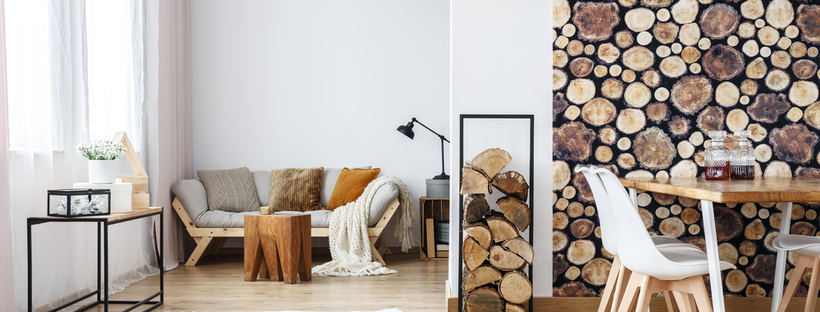
This design incorporates a lot of wooden furniture and elements, including exposed beams and shiplap mantels. Instead of going for the traditional X-back wooden chairs and barn doors, change them out with a similarly laidback but more modern dining chair and sliding french doors.
Play with organic colors and textures to emphasize the rustic and lived-in atmosphere and incorporate handmade materials to keep the space homey and authentic.
This style can often become kitschy and cheesy, but keeping the farmhouse elements elegant and subtle while incorporating modern pieces will elevate the space. Keeping this in mind will make your home both cozy and trendy.

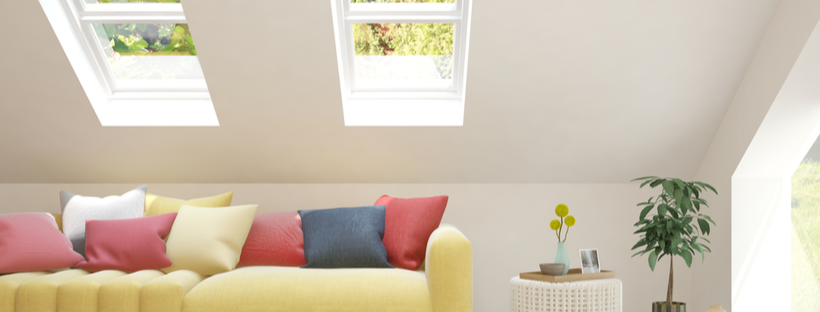


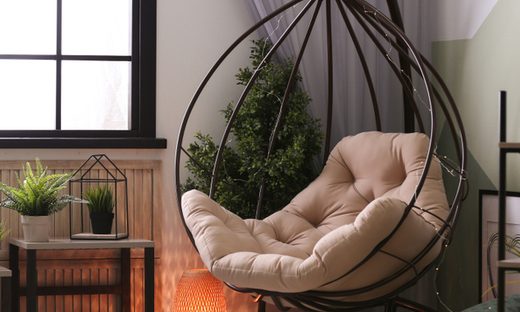
No Comments